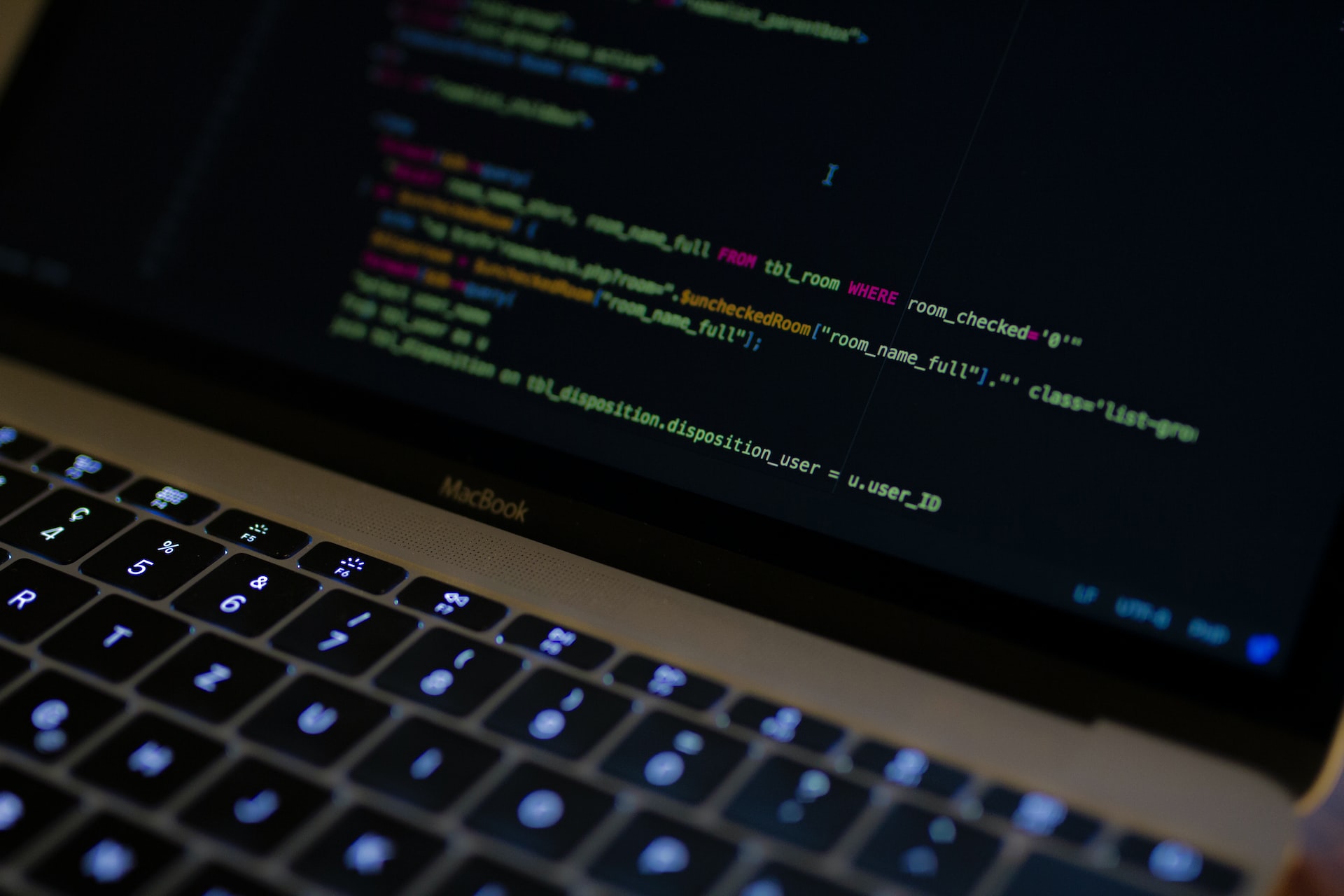What’s the Difference Between Machine Learning and Deep Learning
Posted on

If you’re looking for a more in-depth understanding of machine learning and deep learning, look no further. Our article will give a comprehensive breakdown of the two topics and examples to help illustrate their differences.
Once you’ve read through our article, you’ll be able to understand the fundamental concepts behind each type of learning and apply that knowledge in your work. And if you would like a more profound vision of the difference between machine learning and deep learning, TECH I.S. can provide the opportunity for you.
Our online courses provide the necessary guidance to help you understand these two concepts more deeply. Click here to learn more about our data scientists and web developer’s online boot camp.
Related: How to Become a Machine Learning Engineer
Machine Learning: What Is It?
Machine learning entails analyzing large quantities of data and predicting outcomes using that information, and it is one of the branches of Artificial Intelligence (AI). This type of AI relies on algorithms to learn from the data and continuously improve upon the predictions it makes.
By doing this, machine learning can solve problems without explicitly being programmed for a specific task. As a result, companies across industries are embracing machine learning technology due to its ability to save time and increase accuracy while tackling complex tasks.
What Skills Are Required for Machine Learning?

Machine learning is a powerful and exciting computing area requiring diverse skill sets. Highly desired qualities include strong problem-solving and analytical capabilities, approach creativity, and the technical knowledge necessary to create practical algorithms that meet the project’s needs. Additionally, familiarity with programming languages like Python and R is useful, as well as a good understanding of statistical methods and mathematics to appreciate how data patterns can be identified and used to inform the machine.
How To Get Started With Machine Learning?
Although starting can seem nerve-wracking, it can be accomplished fairly quickly with the right resources. The first step is understanding machine learning fundamentals, including supervised vs. unsupervised learning and linear regression algorithms.
After that, dozens of books, articles, websites, and videos will help you gain more confidence in theory and practice related to the topic. Next, developing a working prototype can help you better understand and leverage machine learning from the beginning of your project.
Finally, remember that getting started with machine learning takes time and perseverance. Still, your efforts will eventually be rewarded by discovering new knowledge offering improved performance insights into large data sets.
What’s an Example of Machine Learning?
Machine learning enables computers to learn and think without being explicitly programmed. Using algorithms to parse data and recognize patterns, they can make informed decisions and autonomously take action.
For example, email spam filters are a machine learning algorithm that uses natural language processing to recognize unwanted or malicious emails, segregating them from legitimate messages in an inbox. This helps users save time by quickly distinguishing between what’s essential and what can be discarded. Machine learning is also used for facial recognition technology in mobile authentication and biometric security systems, such as those used at certain airports worldwide.
Related: Machine Learning Engineer vs. Data Scientist Guide
Deep Learning: What Is It?
An area of artificial intelligence known as deep learning strives to develop algorithms that can learn from data given to computers. It lies at the intersection of big data, cloud computing, and neuroscience and is used to solve problems across many areas, from recognizing photos to predicting customer churn.
Specifically, deep learning focuses on developing large neural networks consisting of nodes where every node uses information from all others to determine an output. This intricate network of nodes allows for exact modeling to pick up more complex patterns than traditional machine-learning solutions. As a result, deep learning has transformed large industries such as healthcare, banking, and retail, showing promise for other applications yet to come.
What Skills Do You Need for Deep Learning?
You need a few necessary skills to complete deep learning tasks successfully. These include understanding complex mathematical concepts and coding abilities for artificial intelligence and machine learning programming languages.
You will also need a solid understanding of skills such as a mastery of probability and statistics, knowledge of algorithms, experience with neural networks, and familiarity with certain database technologies. Additionally, strong communication and problem-solving skills are essential for success in deep learning projects. These skills give you the foundation to build sophisticated models that leverage millions of data points to make predictions or draw insights from raw data.
How To Get Started With Deep Learning?

To get started with deep learning, an understanding of basics such as artificial neural networks and machine learning algorithms is necessary. Begin by studying essential concepts in these disciplines to understand how neural networks learn.
Secondly, familiarize yourself with popular deep-learning libraries. Apart from this, using open-source datasets and working through some data science tutorials can provide insights into how to build intelligent systems. Finally, taking an online course and consulting professional practitioners of deep learning can add extra depth to one’s knowledge and ensure success in this field.
What’s an Example of Deep Learning?
An example of deep learning technology could be seen in facial recognition software. The machine has been programmed to recognize facial patterns and can use those patterns to identify people or tell them apart.
While similar to other kinds of AI, such as machine learning, deep learning models have become increasingly advanced with more information and task-specific objectives. In addition, machines can be trained to adapt to new stimuli more efficiently by using datasets such as images, audio recordings, and natural language processing.
Related: How To Become A Coder: A Simple Guide
Machine Learning vs. Deep Learning: Which Is Best To Learn?
A machine learning system receives data and learns from it with the help of artificial intelligence. In contrast, deep learning involves even more complex algorithms than machine learning. In general, deep learning has proven more accurate than machine learning regarding tasks such as facial recognition and object detection.






